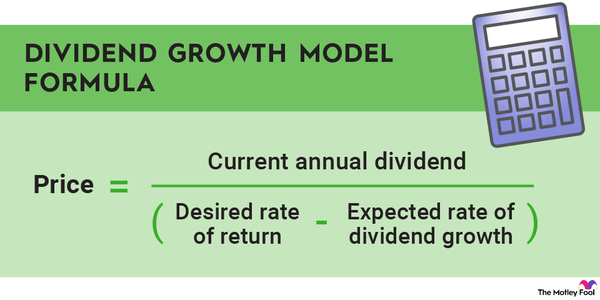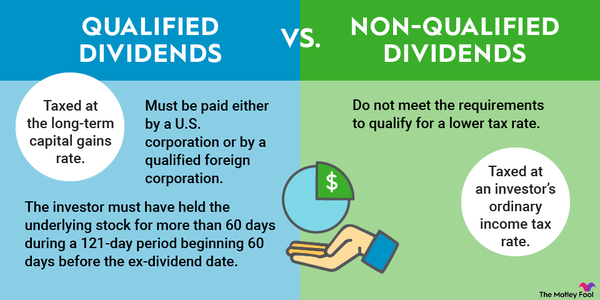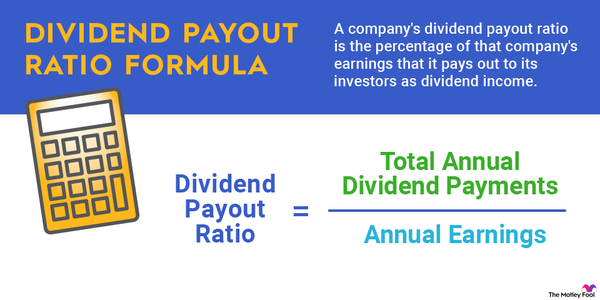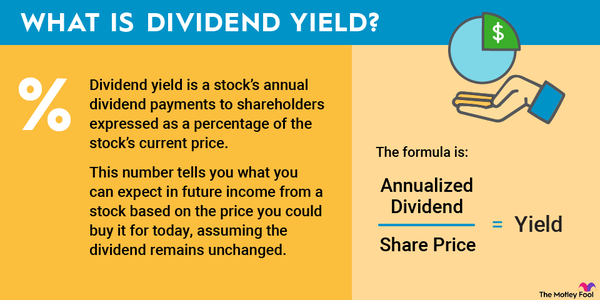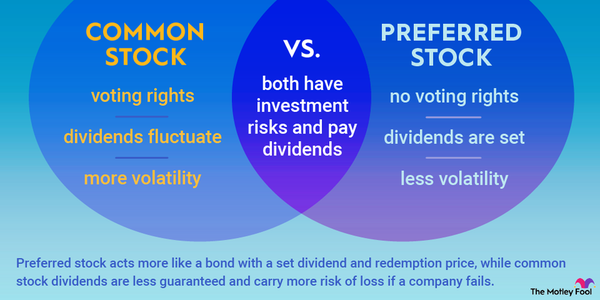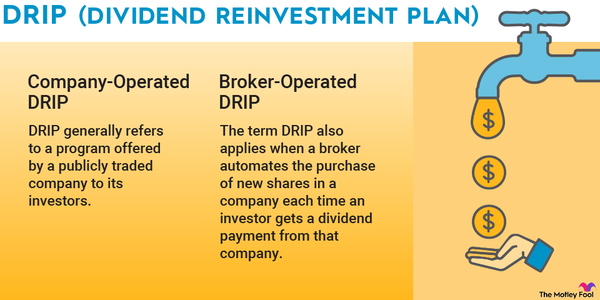Dual-listing refers to the process of listing a stock on multiple stock exchanges. This is done for a variety of reasons. It increases liquidity, provides more avenues to raise capital, and potentially allows for more trading time if the exchanges are open at different times.
Let's go over how dual-listing works, why a company would do it, and a few well-known examples.
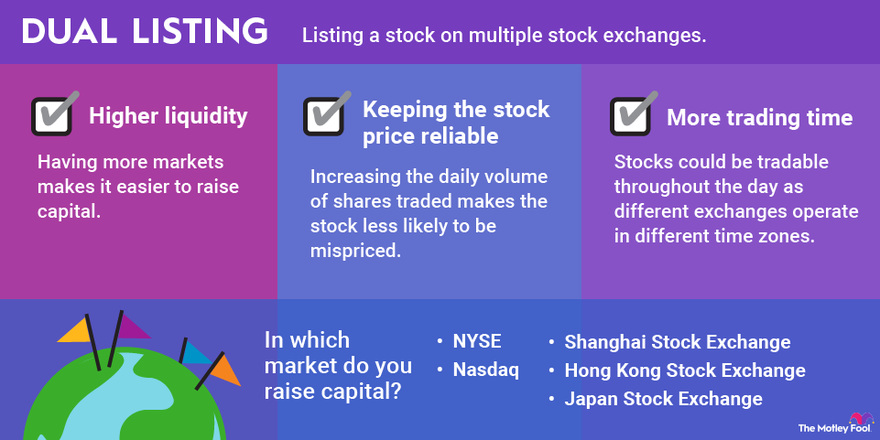
How dual-listing a security works
How dual-listing a security works
The most common way a company dual-lists on U.S. stock market exchanges is through an American depositary receipt (ADR). ADRs hold the foreign shares in a trust account and grant U.S. investors the same rights and upside potential.
ADRs trade on the main two U.S. exchanges, the Nasdaq and the New York Stock Exchange (NYSE). They can also trade on over-the-counter (OTC) markets.
For most ADRs, you can purchase the stock in your online brokerage account as you would any other stock. Some may require a limit order if they trade OTC.
Foreign businesses can choose to list on multiple exchanges without using depository receipts but would likely be required to restate financials and follow stringent U.S. Securities and Exchange Commission (SEC) rules on top of the laws of the business's home country.
Generally, the price of a dual-listed security is the same (adjusting for currency differences) on both exchanges where it's listed.
Securities
Reasons for dual-listing a security
Reasons for dual-listing a security
The main reason companies dual-list their securities is that it makes it easier to raise capital. If a foreign business can only issue new stock and raise money on its local exchange, it's losing out on the millions of investors in the U.S. and other developed markets. Businesses that are based in the U.S. will often list in countries where they do a lot of business in order to allow employees and customers in those countries easier access to the stock.
Additionally, trading on U.S. markets increases the daily volume of shares traded. This makes the stock price more reliable. The more people who are trading the stock, the less likely it is to be mispriced.
The final advantage is more trading time. If a stock is listed on exchanges in different time zones, it will be tradable throughout the day instead of just while one of the exchanges is open. However, this is unimportant for many businesses because most exchanges allow some form of after-hours trading.
Examples of dual-listed companies
Examples of dual-listed companies
Here are a few examples of dual-listed companies:
- Tencent Holdings ADR (TCEHY -0.34%) trades mainly on the Hong Kong stock exchange and also in the U.S. via an ADR. Tencent is the biggest dual-listed stock by market capitalization.
- Rio Tinto Group (RIO -1.92%) trades in the U.S., plus the Australian and UK stock exchanges.
- Nestle (NSRGY 0.1%) is based in Switzerland and trades on an exchange there, as well as in the U.S. via an ADR.
- Thompson Reuters (NYSE:TRI) is listed on both the NYSE and its home exchange in Canada.
Pros and cons of dual-listing
Pros and cons of dual-listing
The pros, as outlined above, are access to capital with new stock offerings and more stock trading volume.
The cons are mostly related to cost. Listing on multiple exchanges comes at a price. The custodian bank holding the trust when a company goes the ADR route has to be paid, and the entity needs to be structured and updated by lawyers. If the business doesn't dual-list via an ADR, there will be massive costs to state financials under SEC regulations and comply with all other exchange rules.
Additionally, when the company is taking advantage of a stock trading on multiple exchanges by issuing more shares, the management team will need to travel to those locales. In the U.S., it is customary to do a road show presenting to institutional investors to drum up interest in the stock offering. Foreign companies may find it beneficial to hold multiple shareholder meetings as well.
All in all, the cons of dual-listing are likely immaterial to multinational corporations looking to raise hundreds of millions or even billions of dollars.
How does dual-listing affect stock price?
How does dual-listing affect stock price?
On a micro level, dual-listing does not affect stock prices. The prices on the different exchanges will be the same when you account for currency differences and transaction costs.
Over time, having a more liquid stock and the ability to raise more capital for growth could help the stock price go up — but that would only occur if the fundamentals of the business were also getting better.
Related investing topics
Conclusion
Dual-listing is a big plus for U.S. investors because it makes it a lot easier to invest in businesses based in foreign countries. Outside of that feature, it likely won't significantly affect the stocks that you buy over the long term.













































